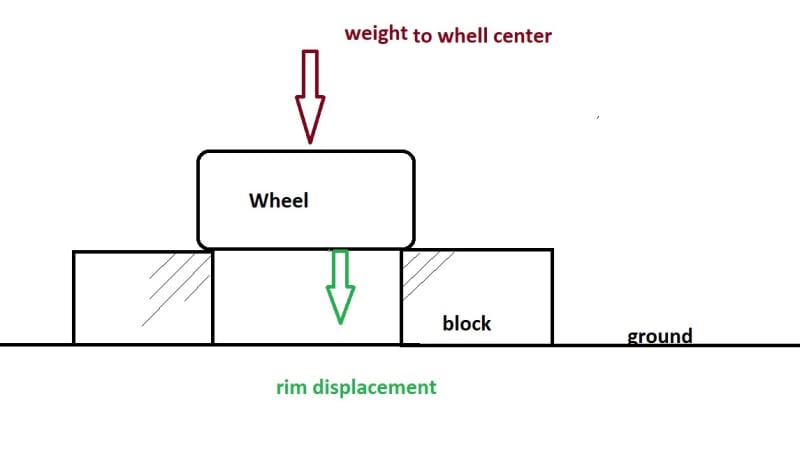OK, I'm game. What properties would you like to know about? With the right 3M ScotchWalk 'sandpaper', (It's not actually 'sandpaper', it's a carefully controlled surface suitable for calibrating tire test machines), you can measure Scrub Torque. That's the values and rate of Mz buildup related to parking effort. But, careful there, brakes on or off makes a difference. You can measure scrub radius if you are detail oriented. Static spring rate is there. On an alignment machine you could do some Mz compliance measurements of the whole quarter.
Displacement inputs can be managed. Force measurements are the problem for you.
But, what do you need or want? I've done tire properties from the statistical treatment of a large population of tire tests But it's thin ice. Honda wrote a paper on it. Basically neural network analysis.
If you happen to have a mid '80's HP analyzer lying around [garage, estate sale, and university overflow scrap sale items, you can do normal modes analysis of the tire and obtain the Kz, Fx, Fy, Mx and Mz from the resulting modal assembly. Thats a way to match tires and get consistent sets from pit stop to pit stop. Turns out 'Build Date' is the key sort variable.
If you can get ahold of a wide table mounted belt sander for wood working, you can rig up a rotating tin on a fixed frame, run the belt and feel the lateral stiffness. Actually now that I recall, I've done that on a chassis dyno with fairly large drums. You can run a sine steer test on it at the same time. If positioned properly, you will get identical results as a road test, just without the noise and crap in the signals. check this out:
Plus we got the same results from the same car shipped from Opel to Detroit ! Not bad for comparing stuff, but you need to have the stuff.
What's in your wallet ?




